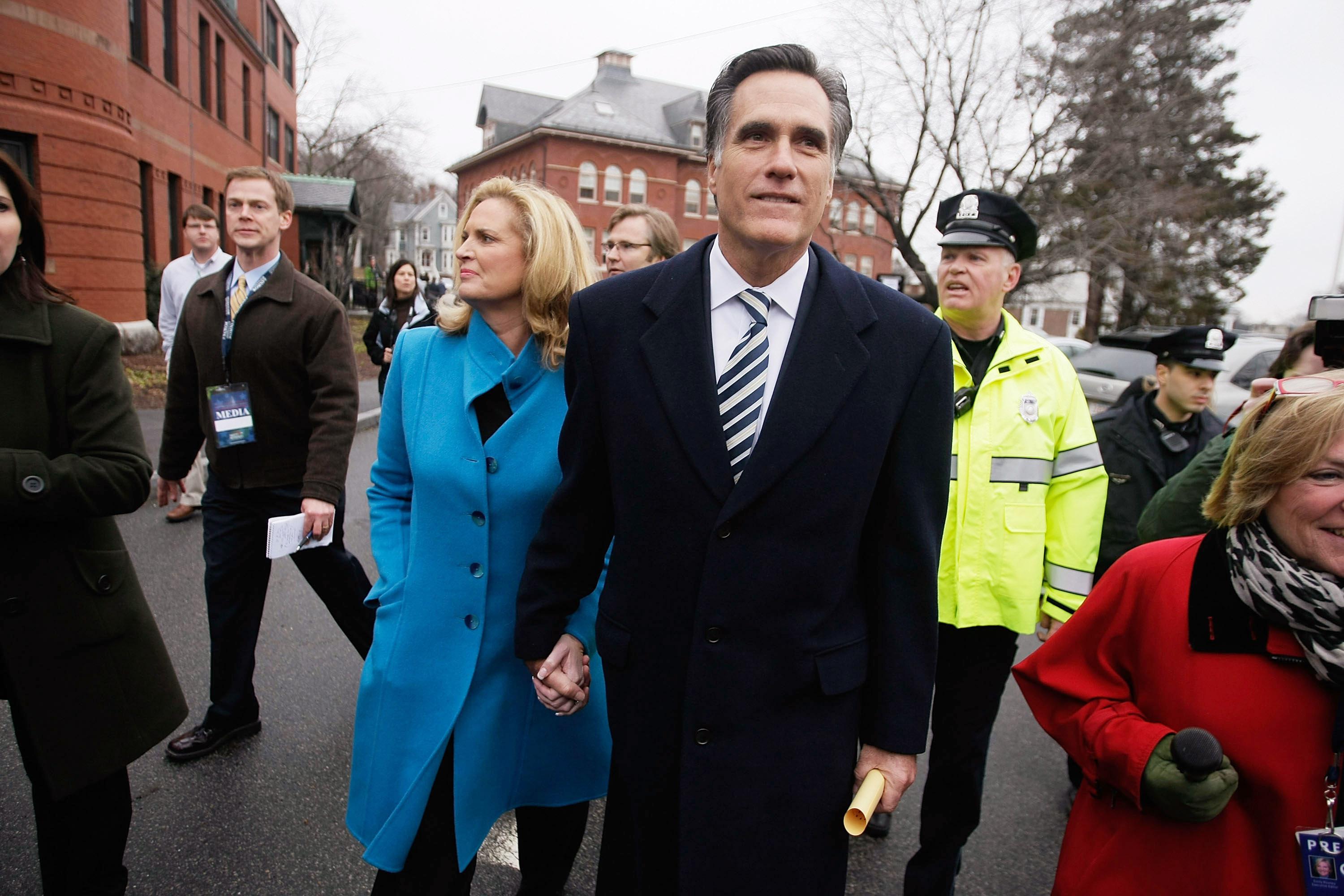Charles Murray, one of the co-authors of The Bell Curve, has a new book out, this time tackling what he sees as an essentially cultural divide between a new upper class and a new lower class. While discussing a class divide at all might seem anathema to many Republicans, the book’s emphasis on morals and mores has, predictably, been mostly heralded by conservatives and pilloried by liberals. Among its conservative champions is David Brooks, who wrote in The New York Times that he will be “shocked if there’s another book this year as important as Charles Murray’s Coming Apart.”
Brooks presumably noticed the bit near the beginning where Murray praises him for bringing an “anthropologist’s eye” and “wickedly funny pen” to his own consideration of “the new upper class” in Bobos in Paradise, as well the passage where Murray specifically directs readers to chapter six of Bobos for a fuller consideration of religion among this particular demographic (not to mention the handful of other positive Brooks citations).
Even without these, though, the two are natural bedfellows: Both radically simplify specific places in order to get over broad arguments about cultural divides.
Murray uses Fishtown, a neighborhood in Pennsylvania, as his embodiment of the supposedly new lower class, and Belmont, a town in Massachusetts, as the new upper class enclave par excellence. Granted, Murray was not so foolish as to insist on the complete reality of his archetypal locations for the new upper and lower classes. Perhaps he learned this lesson from watching what happened to Brooks: In 2004, Slate contributor Sasha Issenberg eviscerated Brooks in Philadelphia Magazine for the many factual inaccuracies about Pennsylvania’s Franklin County trotted out in his celebrated 2001 essay for the Atlantic, “One Nation, Slightly Divisible,” as emblematic of “Red America.” Murray has more wisely built fictionalizing into his methodology, using demographic data to assign people to a fake “Belmont” and imaginary “Fishtown.”
Why then name them after real places? Since his argument is in large part about a supposedly growing cultural divide between demographic groups, it becomes much more convincing if we imagine these separate data sets actually living near each other, when, in fact, they may not—and when the actual places that have inspired him may be (or, rather, are; there is no maybe about it) much messier than he asks us to imagine. Murray wants to persuade us that the essential aspect of the class divide is cultural, and it is much easier to buy that argument if we imagine people on either side of the divide living only with their allegedly like-minded brethren, sharing all their habits and customs with their neighbors. (Features about the book—including one Murray wrote himself, for the Wall Street Journal—have been illustrated with photos from the real Fishtown and Belmont, further blurring the distinction.)
Oddly, the town he half-studies and half-invents in order to understand the new upper class is named for and based on the town where the current frontrunner for the GOP nomination, Mitt Romney, lived for about 30 years. I know because I lived there, too. Well, actually, I would know anyway because I read the news, and Belmont has shown up again and again in stories about Romney. And yet in the coverage of Coming Apart in all the big places, no one has bothered to mention this. Even pieces that mention both Romney and Murray’s book have failed to make the connection.
How come? Here’s a theory: Those likely to endorse the book are also likely to support Romney, and pointing out that his longtime hometown has become symbolic of a new upper class is not the most flattering thing to say. And buying into Murray’s argument may involve revising some assessments of Romney. For instance, Murray says that members of “the new upper class” are more likely to work hard than poor people are; Romney’s work ethic, then, would be emblematic of his class. A supporter of Romney—someone like, say, David Brooks—might want to claim that “Romney’s salient quality is not wealth,” but rather “his tenacious drive—the sort of relentlessness that we associate with striving immigrants, not rich scions.” But Murray is arguing precisely that we should associate that sort of drive with rich scions; if he’s correct, Romney’s work ethic (as well as his religiosity and his long-lasting marriage) are all typical of Romney’s socio-economic class. (As for striving immigrants, Murray does not seem terribly interested; Coming Apart focuses explicitly on “white America.”)
Meanwhile, those who are both anti-Romney and anti-Murray seem too busy lambasting the book’s various flaws to notice this opportunity to take a shot at the GOP frontrunner.
Does Murray’s semi-fictional version of Belmont reflect the real thing? The real Belmont is obviously less homogenous, class-wise, than Murray’s version—his methodology demands as much. His “fictional Belmont … differs from the real Belmont,” he writes, “in that there are no exceptions.” But the demographics of Belmont are skewed financially upward by what is, essentially, one big exception: Belmont Hill, the ritzier part of town (where the Romneys lived), home to a private school (that the Romney sons attended).
Most people in Belmont don’t live on Belmont Hill, though, and, while it is a relatively affluent town, it is by no means uniformly wealthy. It strikes me as a poor and perhaps telling indicator about Murray’s argument that, in order to get it across, he needs to imagine a fictional town that is.
